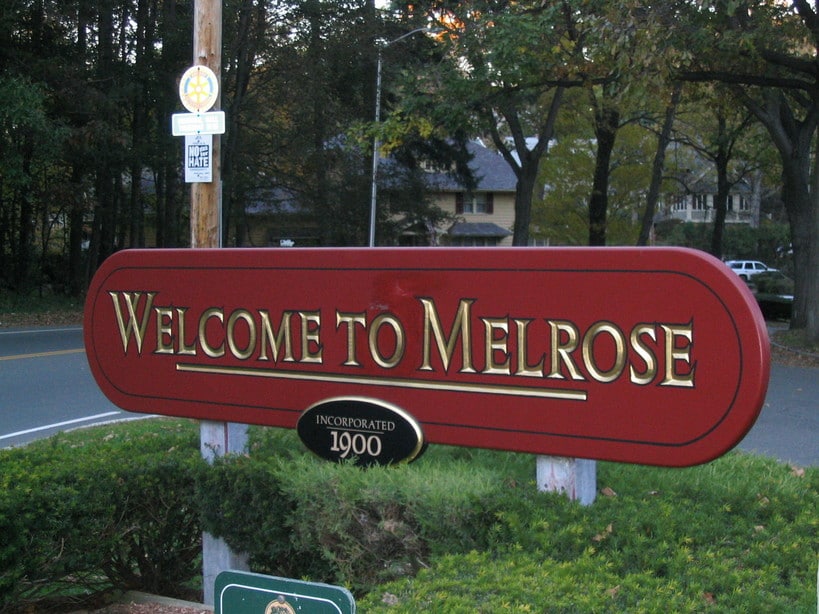
Tata & Howard has been providing engineering services to the Town of Shrewsbury for their water supply sources. Our work has included permitting and design of satellite and replacement wells for the Home Farm Wells No. 6-1 and No. 6-2, Sewell Well No. 5 and Lambert Well No. 3-1. The intent of these projects was to regain lost capacity of the existing sources.
Home Farm Well No. 6-1 was constructed in 1974. The approved withdrawal rate from Home Farm Well No. 6.1 is 4.32 mgd. Despite rehabilitation efforts, the capacity of Well No. 6-1 has significantly decreased over time. In 2003, a gravel packed replacement well (Well No. 6-3) was constructed and permitted to replace a portion of the flows from the existing Well No. 6-1 to meet the demands of the system and to better manage their sources. In 2011, a gravel packed replacement well (Well No. 6-4) was constructed and permitted to replace a portion of the flows from the existing Well No. 6-1 and 6-3. By dividing the approved withdrawal rate of Well No. 6-1 between the existing well and the replacement wells, the water velocities have decreased and the efficiency of the wells increased. The depths of the three wells range from 70 to 90 feet and the pump capacity for the wells are 1,051 gpm for Well 6-1, 700 gpm for Well 6-3, and 1,000 gpm for Well 6-4.
 The approved withdrawal rate from Lambert Well No. 3-1 is 0.75 mgd. The permitted withdrawal could not be attained because the existing well screen failed. Installation of a gravel packed replacement well in 2015 (Lambert Well No. 3-3) removed the threat of problems associated with the collapsed screen. The original well was abandoned. Lambert Well No. 3-3 is approximately 40 feet deep and has a pump capacity of 525 gpm.
The approved withdrawal rate from Lambert Well No. 3-1 is 0.75 mgd. The permitted withdrawal could not be attained because the existing well screen failed. Installation of a gravel packed replacement well in 2015 (Lambert Well No. 3-3) removed the threat of problems associated with the collapsed screen. The original well was abandoned. Lambert Well No. 3-3 is approximately 40 feet deep and has a pump capacity of 525 gpm.
Home Farm Well No. 6-2 was constructed in 1990 to a depth of 106 feet. The approved withdrawal rate from Home Farm Well No. 6-2 is 3.02 mgd. Despite rehabilitation efforts, the capacity of Well No. 6-2 has significantly decreased. In 2018, a gravel packed replacement well (Well No. 6-5) was constructed and permitted to replace the flow from the existing Well No. 6-2 to meet the demands of the system and to better manage their sources. Due to the proximity of Well No. 6-2 and Well No. 6-5, Well No. 2 was disconnected and was operated as an emergency supply only. In 2021, an additional replacement well (Well No. 6-6) was constructed to meet the demands of the system and better manage their sources. By dividing the approved withdrawal rate of Well No. 6-2 between the two replacement wells, the water velocities have decreased and the efficiency of the wells increased. Well No. 6-5 is approximately 110 feet deep and has a pump capacity of 2,100 gpm. Well No. 6-6 is approximately 90 feet deep and has a pump capacity of 1,275 gpm.
Sewell Well No. 5 is a gravel packed well constructed to replace the previously abandoned Sewell Well No. 5. The approved withdrawal rate from Sewell Well No. 5 is 0.68 mgd. The well is approximately 63 feet deep and has a pump capacity of 480 gpm.
The Home Farm replacement well projects required permitting with the Shrewsbury Conservation Commission. The Sewell Well 5 replacement well project required a Water Management Act Amendment and an Interbasin Transfer Act Request for Determination of Applicability through the Massachusetts Executive Office of Environmental Affairs Water Resources Commission . Each of the replacement well projects required permitting with the Massachusetts Department of Environmental Protection, preparation of bid documents for the installation of gravel packed production wells and pump test, completion of a 24 hour, 48 hour or 5 day pump test with water quality analysis, preparation of pump test reports, design of necessary infrastructure including submersible pumps, variable frequency drives (VFDs) and piping to connect to the existing water treatment facility.




 The approved withdrawal rate from Lambert Well No. 3-1 is 0.75 mgd. The permitted withdrawal could not be attained because the existing well screen failed. Installation of a gravel packed replacement well in 2015 (Lambert Well No. 3-3) removed the threat of problems associated with the collapsed screen. The original well was abandoned. Lambert Well No. 3-3 is approximately 40 feet deep and has a pump capacity of 525 gpm.
The approved withdrawal rate from Lambert Well No. 3-1 is 0.75 mgd. The permitted withdrawal could not be attained because the existing well screen failed. Installation of a gravel packed replacement well in 2015 (Lambert Well No. 3-3) removed the threat of problems associated with the collapsed screen. The original well was abandoned. Lambert Well No. 3-3 is approximately 40 feet deep and has a pump capacity of 525 gpm.





